11 actionable tips on making your UX writing more effective
Joe Dawson
UX, aka user experience, dictates how a consumer feels about your online presence—and, by extension, your brand, product or service. When consumers visit your website, they expect answers to their questions, information about your offering, and insights into the positioning of your business.
UX content writing is the technique of meeting these customer wants and needs through language. While images will always capture the imagination, appropriate copy is equally important in UX design—whether it’s a short, snappy caption and CTA or a lengthy blog post used to build your content marketing portfolio.
Make sure to go through our article covering 17 UX design elements that impact your website’s SEO success so that you’ll be able to organize your website’s UX design and optimization efforts.
All copy should be geared toward enhancing the experience of your audience and informing, engaging and entertaining them throughout their visit to your site. Whenever a business is auditing its website and considering a redesign or rebuild, this type of writing should be a priority.
Mục Lục
What is UX writing?
First of all, it isn’t just a buzzy new term for copywriting. Creating content comes in a variety of forms. There is definitely a place for persuasive copywriting, especially if you’re aiming to convince a user to make a conversion. User experience writing, however, places the wants and desires of your audience far ahead of those of your business.
It guides the user through the complex labyrinth of the website, encouraging them to scroll through the pages and check out more of your content.
You can influence your users’ actions on your website/app by creating any interface copy, for example:
- Error messages
- Call-to-action messages and buttons
- Sign-up and sign-in forms
- Terms and conditions
- Menu labels
It’s a mistake to ignore the importance of unique and original microcopy. This can be the difference between frustrating an audience and keeping them engaged. Take the 404 error message that an Amazon customer receives when following a broken link, for example.
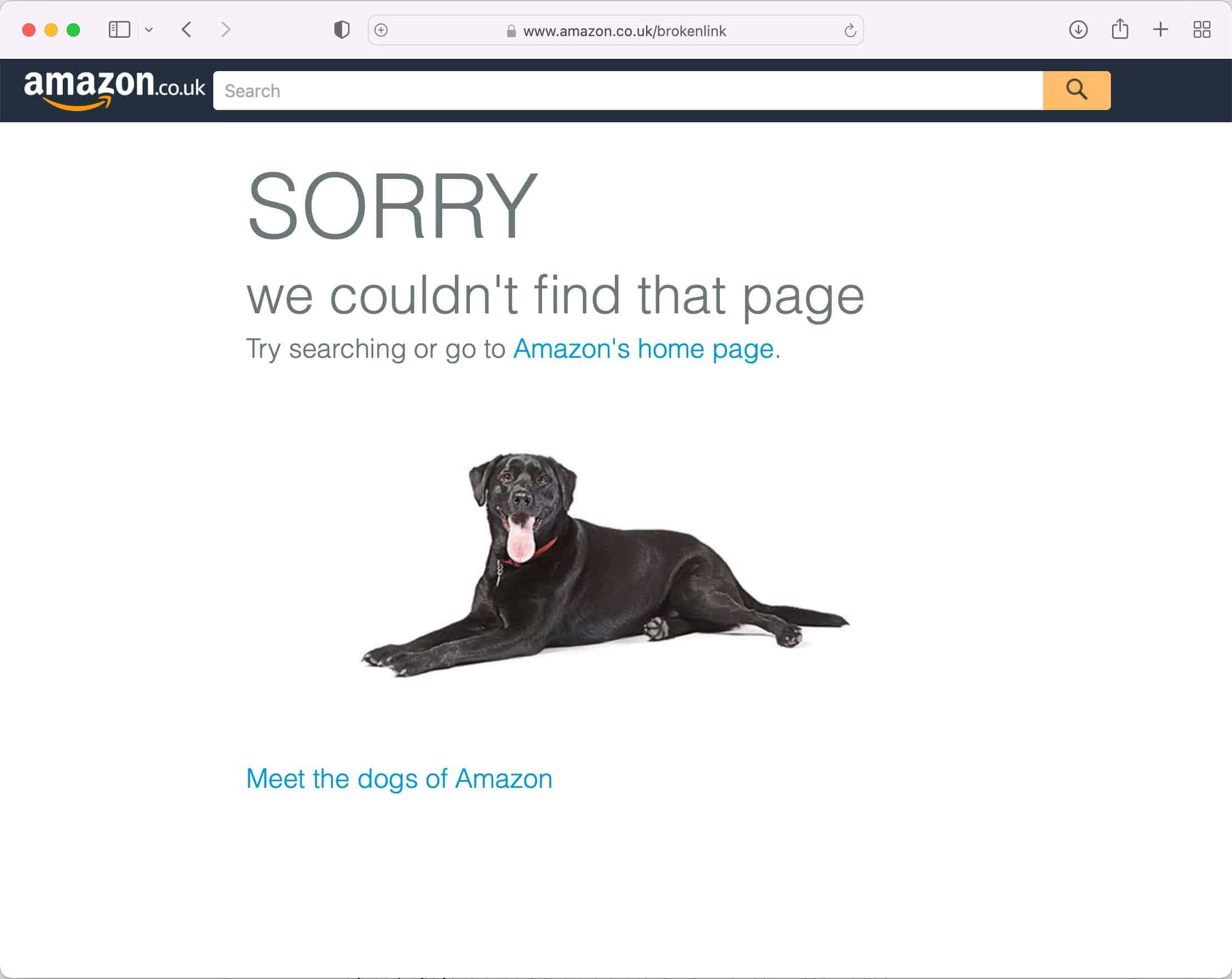
Normally, a 404 error pages are frustrating. For an ecommerce consumer, it can be critical. Being sidetracked and unable to complete a purchase, even for just a few moments, is enough for second thoughts to arise about an impulse purchase. A sense of humor and personality, along with a direct link to a working page, make consumers more likely to stick around.
Skills essential to UX copywriting
Whether you’re creating your content in-house or hiring a professional third party to help out, it pays to understand the critical skills involved. These include:
- An endlessly inquisitive nature, showing a determination to know what language clicks with an audience
- Innate empathy for, and understanding of, a target audience
- The ability to take complex, industry- or digital-specific data and break it down into user-friendly terminology
- Passion for research and a willingness to keep a finger on the pulse, understanding what is working for competitors and what is leaving audiences cold
Perhaps most importantly, a skilled and experienced writer will understand that this discipline is not defined by flowing prose and complex language. That’s the domain of long-form copywriters.
Instead, skilled writers will grab attention using limited word counts, pointing users toward where they need to be quickly and efficiently, while assuaging any fears or concerns before they take hold. Naturally, though, this needs to be achieved without sounding generic or robotic. This sounds complicated, and it is—but like so many difficult tasks, making an effort will yield results in the longer-term.
How to improve your UX skills
As we have established, mastering user experience is critical for any business in the 21st century. Not only does it affect the entire customer experience but also SEO rankings.
To learn more about UX/UI and its impact on SEO, check out this article.
Thus, if your website is failing to achieve the results you’re expecting—whether it’s in terms of hits, engagement, or conversions—it could be due to a lack of compelling content. Here, we offer some useful UX writing tips on how you can turn this around.
1. Understand who your users are and write for them
Think about the meaning behind the term “user experience” one more time. Your texts need to be geared toward your visitors and what they are looking for. It’s all too easy to lose sight of this and build your UX copy around attempts to impress Google’s algorithms instead.
Of course, you need to understand your target audience to build content tailored toward them. Gather as much first-party data as you can without feeling intrusive or invasive. Approach your users directly with market research like surveys, making it worth their while to share their insights. Launch marketing campaigns online and off, reviewing which approaches yield the greatest level of interaction and engagement.
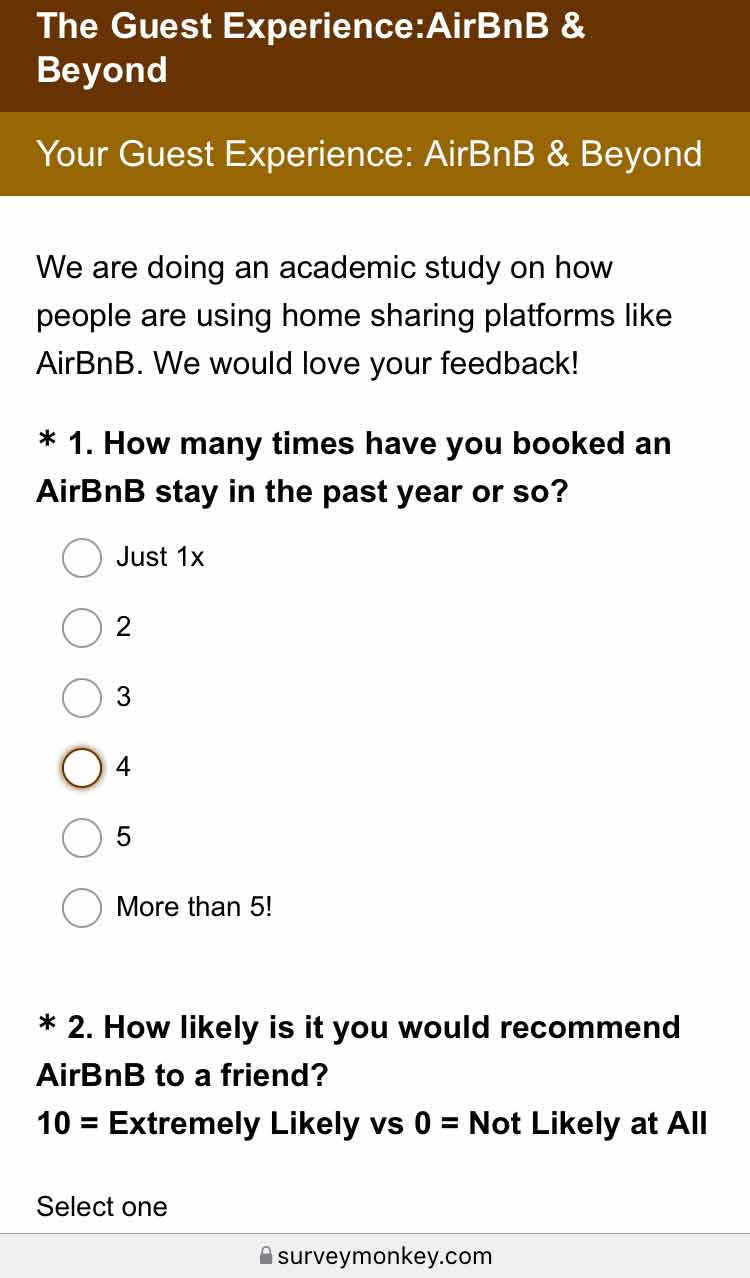
To pick the most relevant keywords to target in your online campaigns, you can use SE Ranking’s Keyword Research tool.
Once you have built a picture of your audience—most notably their fundamental interests and core pain points—build your content around this. Make it clear to consumers that your business understands what they’re looking for, and that it will be your pleasure to meet their requirements.
2. Consider your brand voice
Consistency within a brand is essential. Your brand voice establishes your business identity—from your choice of font and logo to your company color scheme. Of course, it’s also crucial that your written voice is clear, consistent, and appealing. Therefore, you need to take the time to consider what tone of voice you’re looking to achieve:
- Is your voice humorous and irreverent or serious and respectful?
- Do you position yourselves as industry experts or approachable peers?
- Are you enthusiastic about your niche, or focused on sharing facts?
- Do you value tradition, or are you all about discovering and embracing new approaches?
Decide what brand voice will match your business best, and ensure that it’s compatible with the wants and needs of your audience. Attracting young consumers below the age of 25, for example, needs a very different tone than marketing to middle-aged professionals.
Above all, ensure the tone is consistent and sustainable. Consumers should be able to recognize your brand, visually and verbally, within seconds. If you flip-flop between different approaches, marketplace confusion will follow.
3. Be specific
Arguably the most important part of UX content is clarity. Most online consumers have a considerably limited attention span—they don’t want to spend time trying to make sense of your site. If you have a journey or path in mind for your users, guide them along it.
Take sign-ups to a newsletter, for example. Contact details and personal data are worth a great deal to your business. Consumers know this, so they’re not going to share such information easily. A generic request for contact information, like this, is easily ignored:

There is nothing offensive about this approach, yet nothing terribly compelling about it either. Consider an approach with a little more dynamism, such as this:
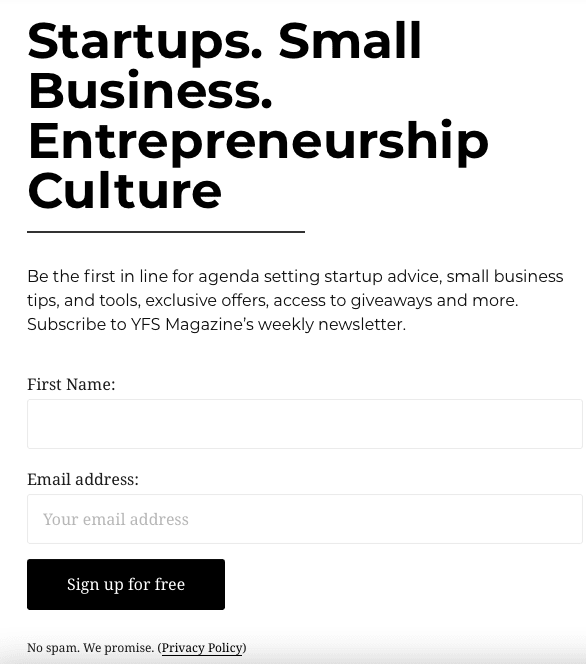
This makes an effort to convince the user to sign up with persuasive copy that retains a sense of humor and promises to keep things relevant. It’s best to take a positive approach, while making it clear why you are asking for personal data.
Make the actions you want users to take clear, and be specific on feedback if something is incorrect. If you’re expecting a field in a particular format, don’t let users face error after error.
4. Don’t underestimate personalization
Personalization is a quick, almost free way to build rapport and improve conversion rate. However, it’s also often misunderstood. Programming your site to remember a consumer’s name and to address them personally is important. Be honest, would you buy from a site if they constantly addressed you simply as “user”? This is just the tip of the personalization iceberg.
In addition to addressing consumers by name, ensure your website builds a profile of your audience. Achieve this by asking your audience to complete a survey or quiz that involves gathering data, using this to craft a particular experience. You would be surprised at how many consumers are happy with such an exchange. This way, if a customer is looking for a blue triangle, you won’t waste your time promoting red squares.
5. Don’t use jargon
Ensure your texts are geared toward users, not developers. That means avoiding jargon for on-screen messages. While the interface developer may know what is meant by an error code or debugging log, it may not be user-friendly for your audience.
Imagine that you are speaking to somebody that is using the internet for the first time, keeping language appropriately simple. The same applies to industry-specific terminology. Take a look at these error messages—which do you think the average user will find more helpful?
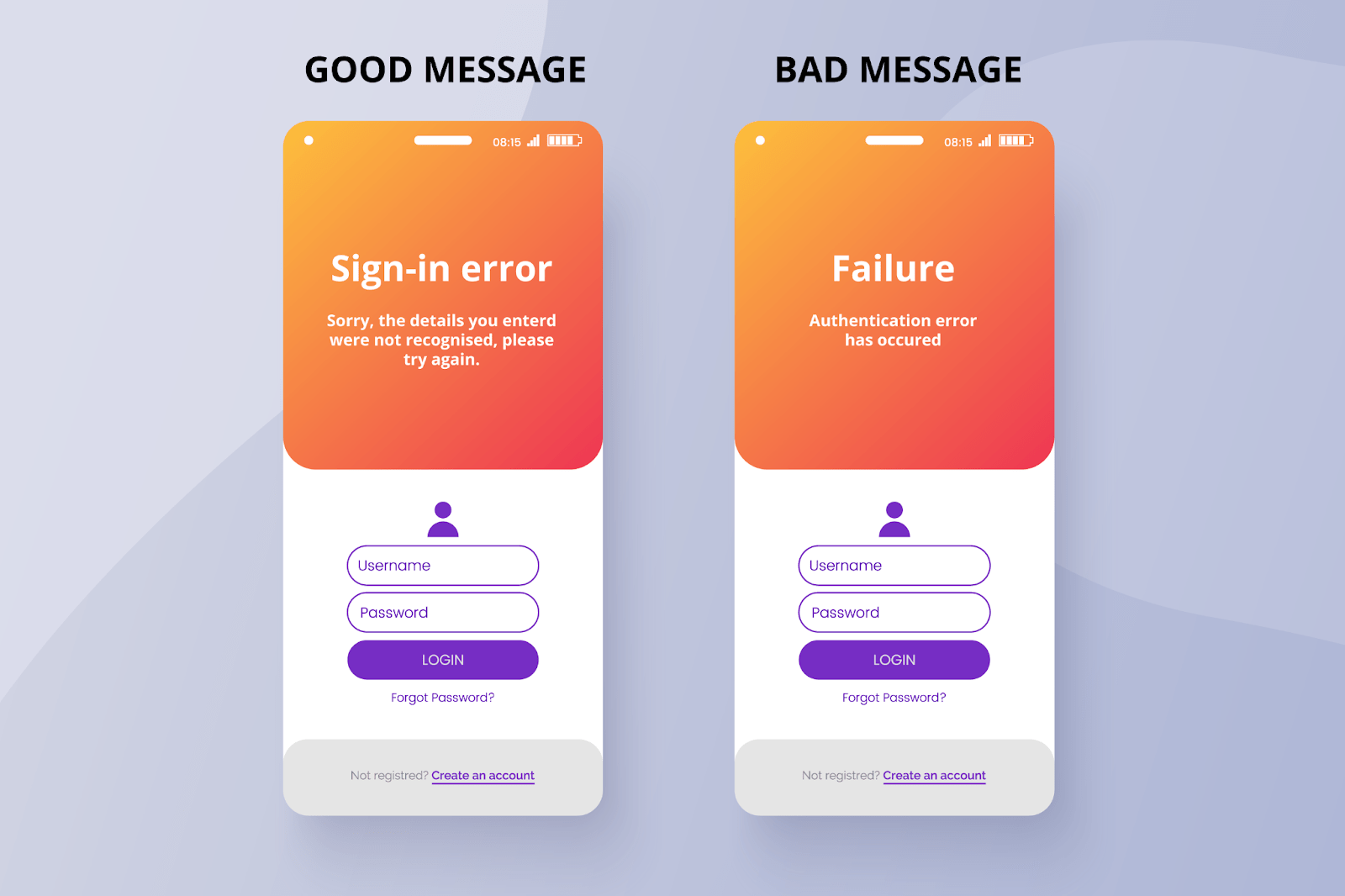
If your SEO and marketing campaigns are working as you’d hope, you’ll attract all types of visitors to your website—including those who may not usually shop within your niche. Don’t alienate novice online shoppers, or those looking to purchase a gift for a loved one.
6. Keep it simple
The term “less is more” was basically invented for texts guiding people within a product. Never use two words if you can get your message across in one. A skilled writer will be able to get a message across without a lot of lengthy, flowery prose.
In many respects, the doctrine to keep things simple goes hand in hand with avoiding jargon. It’s quite possible to make yourself and your message clear without talking down to your audience.
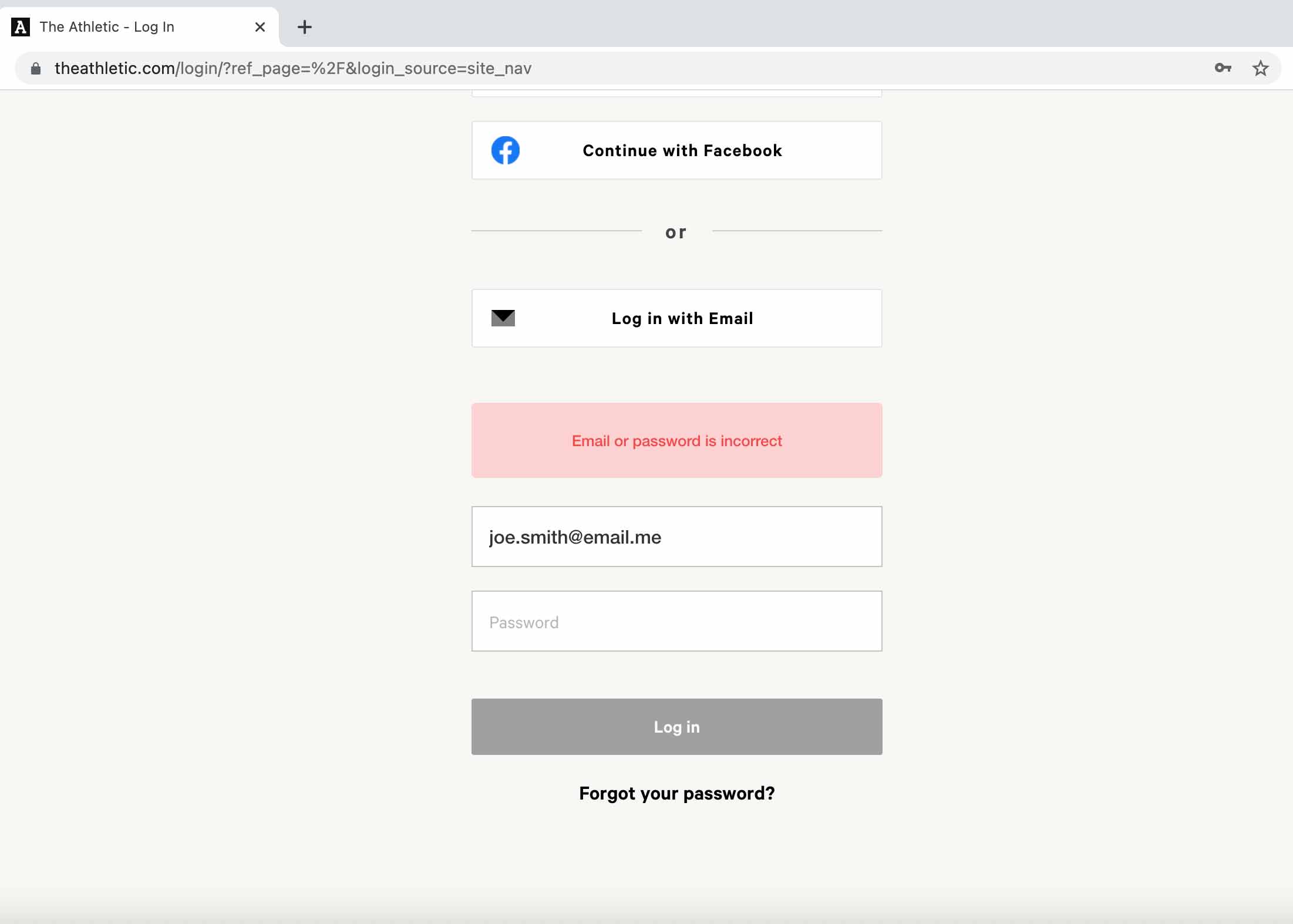
7. Consider the user journey
It’s also essential to consider the user flow throughout the content. Understanding the journey is essential to tailor messages appropriately. Consider the content and phrasing to be mindful of what the user has seen previously and will encounter next. It may be necessary to tailor content and wording differently depending on how the user arrives at each individual component.
Now, both designers and writers are key to this part of the puzzle. As a result, consider building a flowchart that helps both departments or employees understand each other.
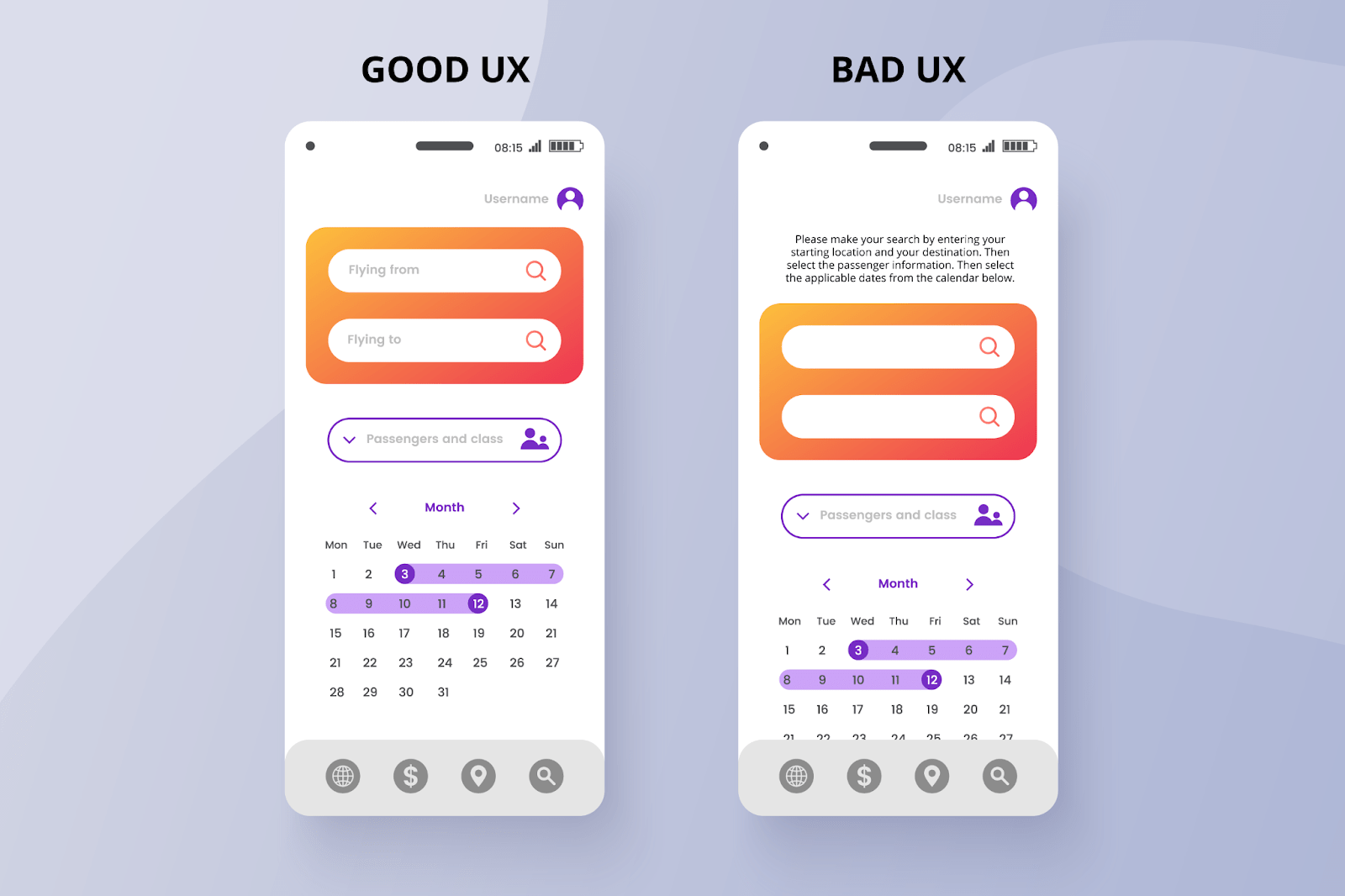
Take a look at the sample of both good and bad user experience above. The app interface labeled ’Bad UX’ contains an overly long instruction text, which pushes the other screen elements down so far that the calendar is cut off from the bottom of the screen. The example representing good user experience has better labeling of the input fields which results in a cleaner interface and keeps all elements visible on the screen at the same time.
8. Reinforce the sales funnel without undermining user experience
When crafting texts that guide users within a product, you can mention a related or complementary product or signpost an upselling opportunity in a UI message. While this must never be obtrusive and interrupt what the user is trying to achieve, it can sow the seed to encourage sales and boost profits when done correctly.
Microcopy should be implemented at all stages of a sales funnel. Let’s imagine that your funnel follows the classic 4-stage layout: awareness, interaction, interest, action.
- During the Awareness stage, offer Learn More CTAs that direct visitors to relevant longer-form content
- During the Interaction stage, offer the opportunity for visitors to share their thoughts with you—either by email, social media or simply a comment box
- During the Interest stage, provide the chance to sign up for an email mailing list
A good point bears repeating, so we’ll say it again—don’t bombard your users with microcopy that drags them away from the purpose of their visit. Equally, though, don’t wait until the Action stage to offer added value. By that point, you may have lost momentum.
9. Don’t forget accessibility
We live in a diverse culture and all aspects of web design and product development must be sensitive to such. This is another area where the experience of a skilled writer can be beneficial.
Writing focus on user experience must cater comprehensively and sensitively to those with specific requirements or disabilities. For instance, be mindful of the colors you use in your design. Mention specific colors that those with color blindness may struggle to identify, or give auditory warnings alongside visuals for some key messages. In addition, consider any visitors that may grow distressed by bright images or jarring contrasts.
You’ll also need to ensure that all users can easily navigate your site. You can even consider integrating voice-enabled search and navigation to make your website more accessible than just keyboard only. Here’s a tool for that:
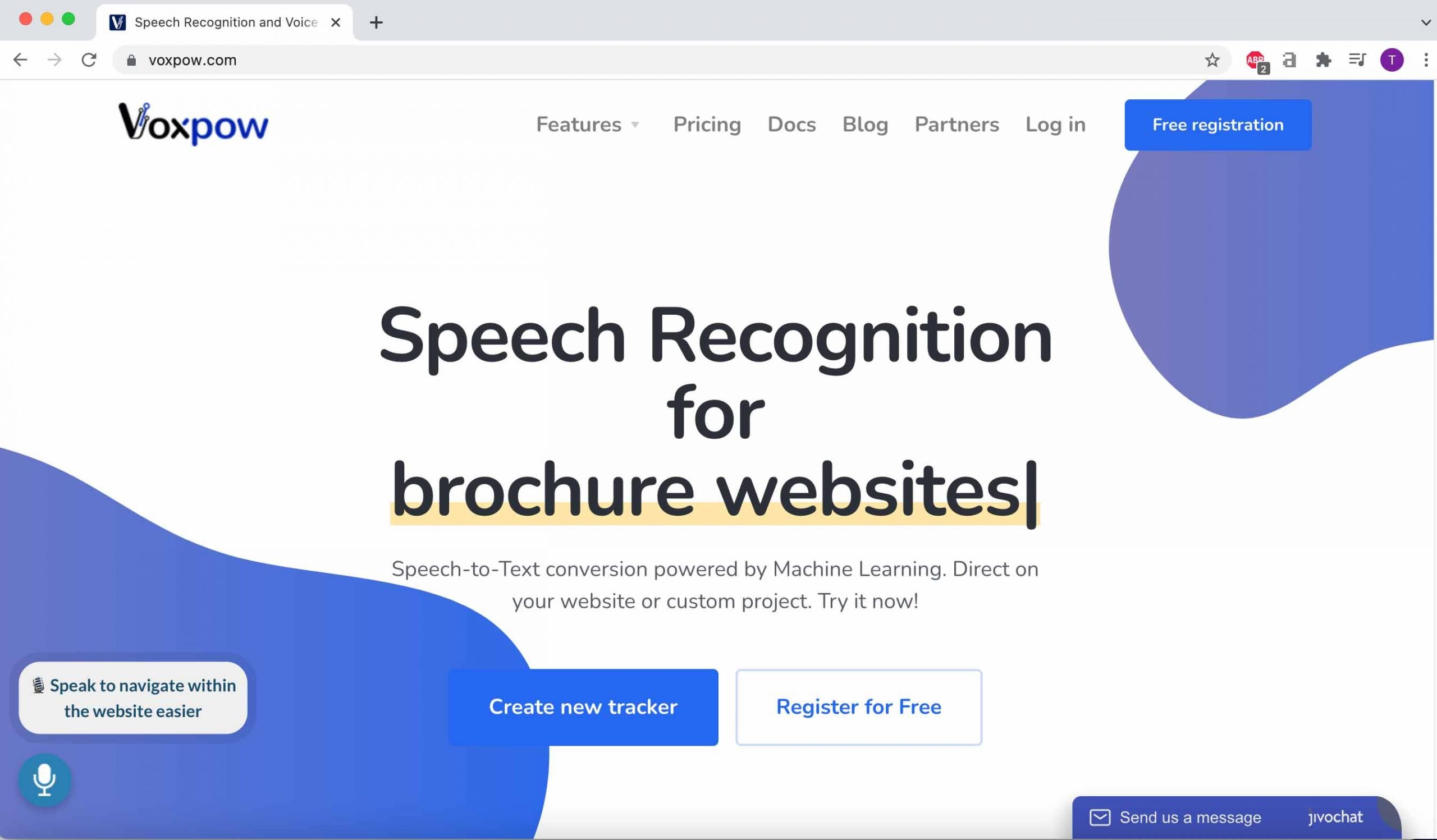
10. Value your users’ time
As we mentioned previously, your content should be respectful of users’ time. Also, understand the context and circumstances that have drawn the user to you. Be mindful of push notifications interrupting processes that your users want to complete.
Notifications or push notification timing must be spot on if you don’t want to halt a customer journey at critical points. If the content you create appears blocking other helpful advice on the customer’s journey, it can be incredibly frustrating.
11. Be careful with humor
Humor is highly personal. What is considered adorably sassy to some may come across as impudent and even offensive to others. Take a look at this CTA, for example:

Some of you may read that and be charmed by the reference to spam, and the microcopy used for opting out. Others will consider it passive-aggressive and obnoxious. There is nothing wrong with showing personality, but don’t let it become an unwelcome gimmick.
Before using humor, think about whether it really befits your brand. Sure, some companies have built a sizable online following through the comedic stylings of their social media teams. A quick tweet is very different from bombarding users with jokes when attempting to fill in a form, though, or when they are faced with a 404 error. This will make a consumer feel that you aren’t taking their issue seriously.
Ultimately, think of using humor with your consumer base like calling them by a nickname. You need to earn the right to do so. Once you have gained the trust and respect of your audience, then you can start cracking jokes. Until then, tread with little caution.
Closing thoughts
Mastering UX copywriting may not happen overnight, and you’ll likely need to engage in a little trial and error before you find an approach that the audience really connects with. Show patience, though, and follow the advice provided above. In doing so, you will likely connect with consumers and forge a reliable, ongoing bond.
3001 views















![Toni Kroos là ai? [ sự thật về tiểu sử đầy đủ Toni Kroos ]](https://evbn.org/wp-content/uploads/New-Project-6635-1671934592.jpg)


